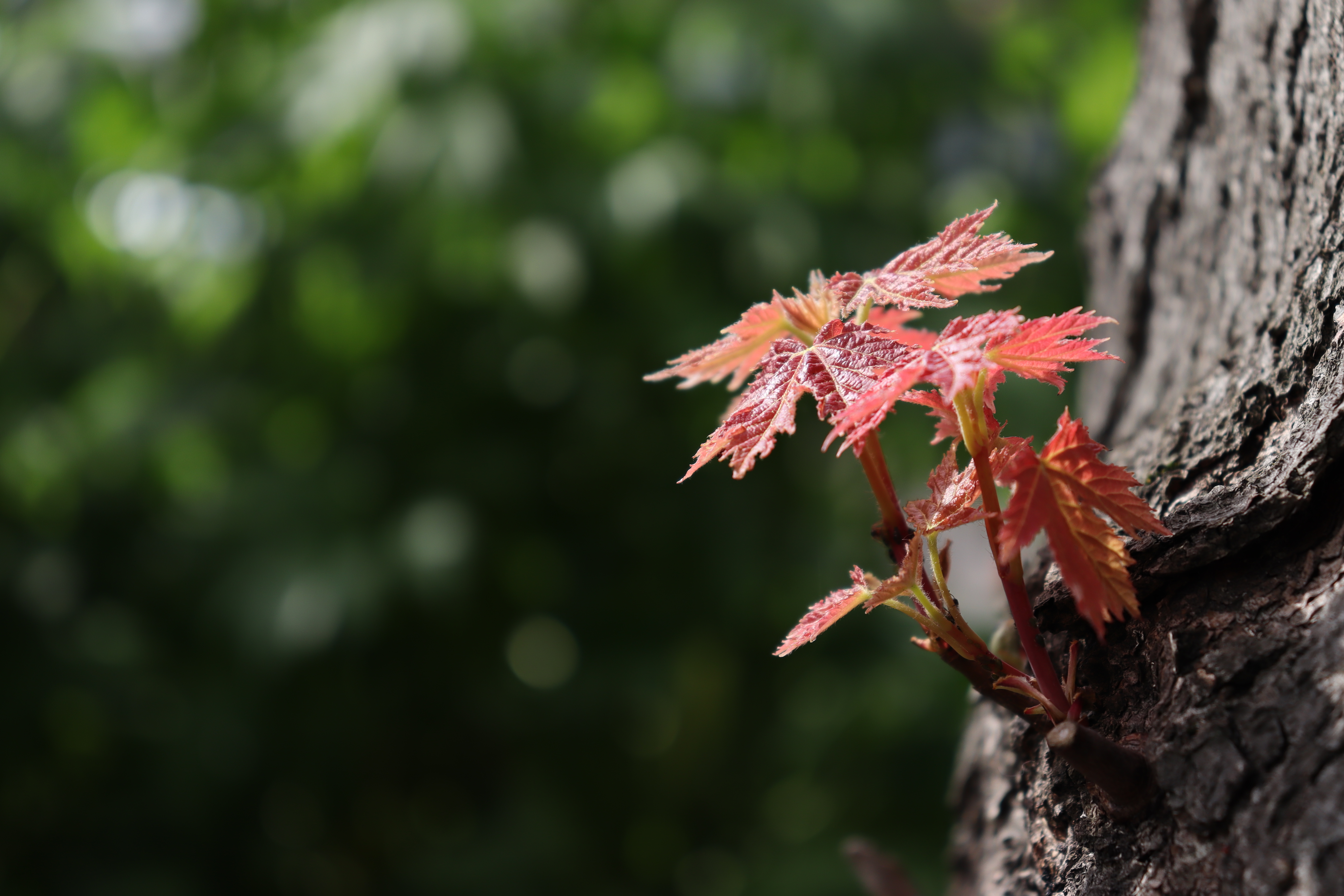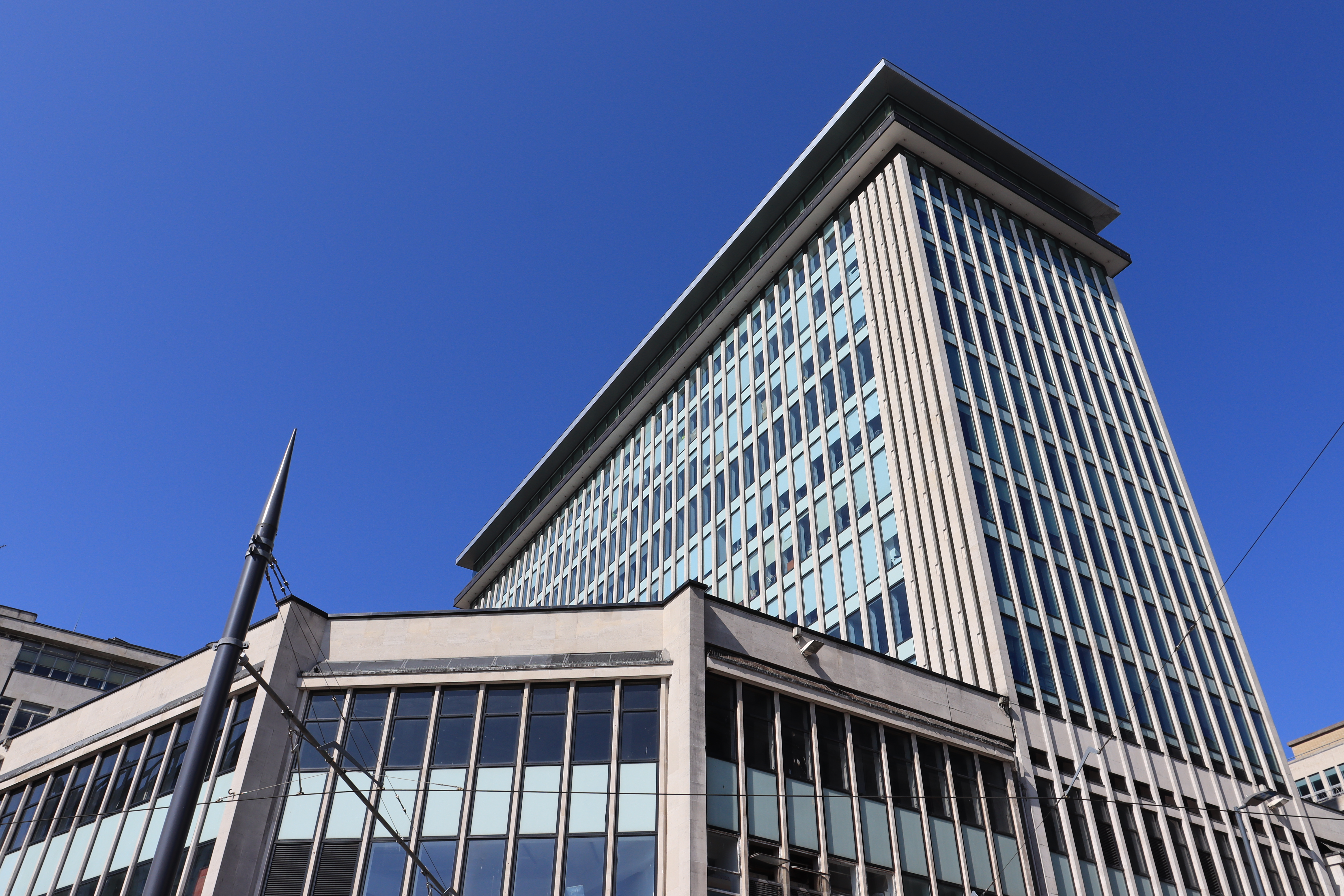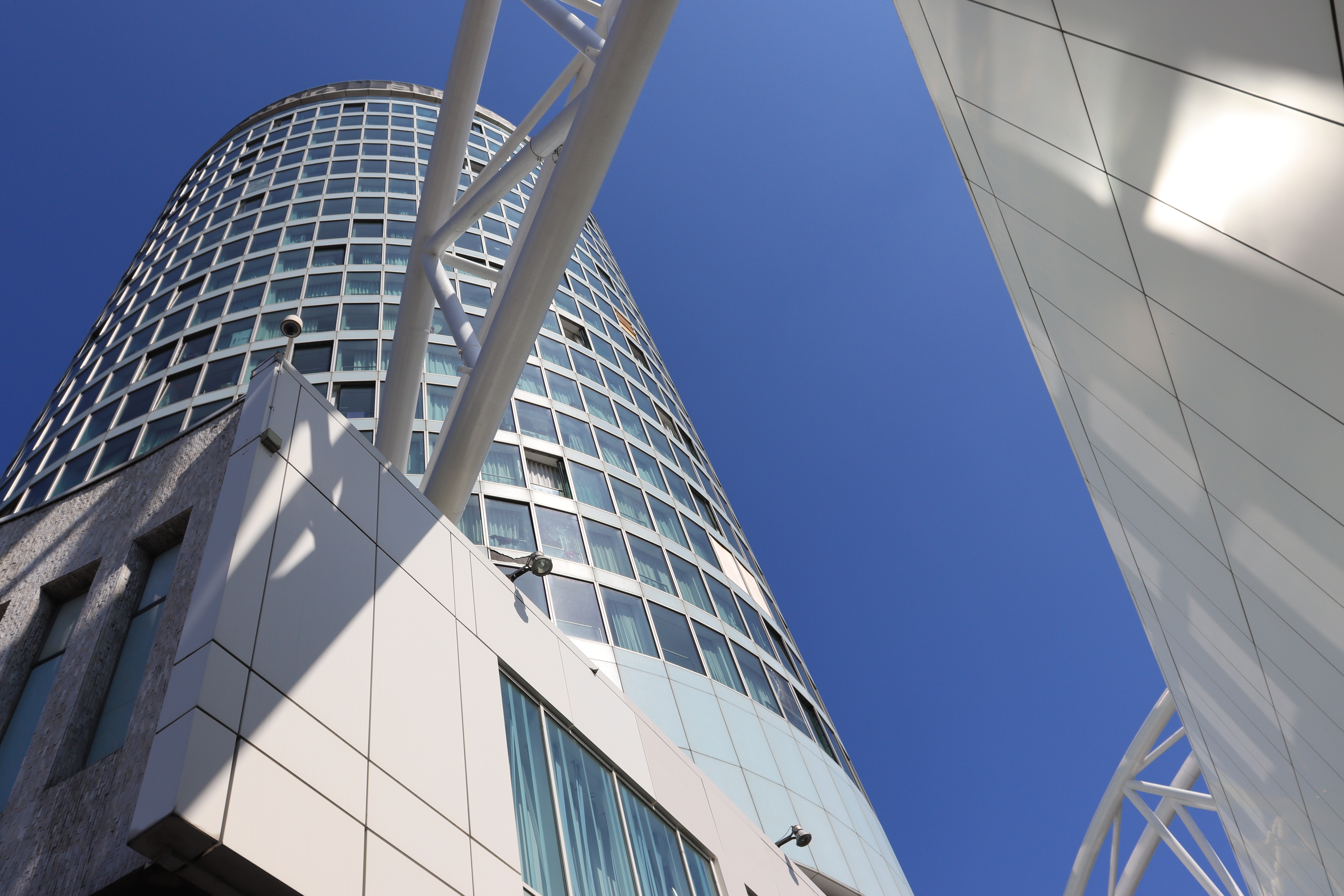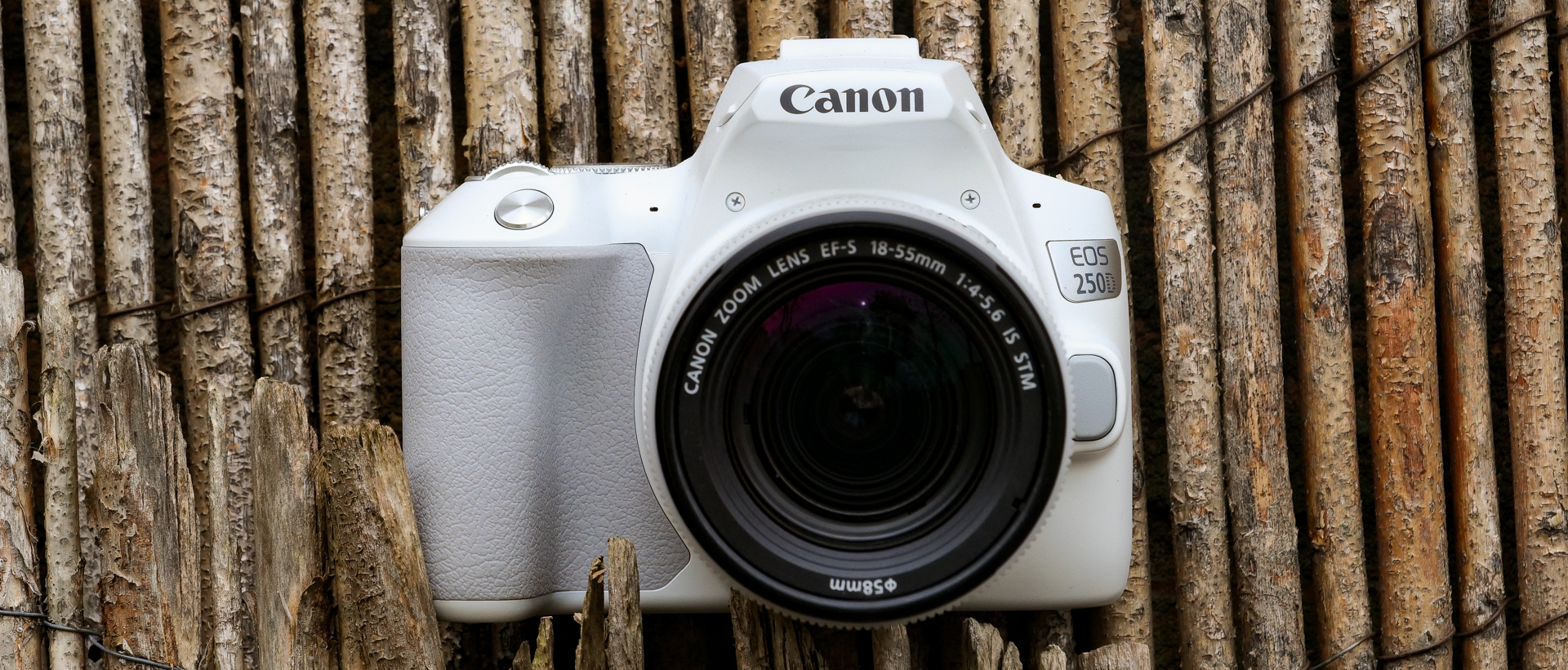Why you can trust TechRadar
Performance
- 5fps burst shooting
- Controls are generally responsive
- Touch controls implemented well
While you have to pay a little more money for a camera that benefits from a dial on the back for fast menu browsing, navigating the menus is fairly effortless with the menu pad provided here – and the fact that the menu itself is color-coded and easy to read makes things even more straightforward.
If you're a complete beginner you can even set the camera to a guided mode, in which the GUI is nicer to look at, and graphics and text help to explain what everything is and how to take specific types of images.
The camera's 5fps burst shooting mode is about as speedy as we expect for a model of this calibre, although for how long you can maintain this depends on how you have your camera set up.
If you're happy to capture JPEGs on their own, the camera only seems to be limited by the capacity of the memory card used. Switch to shooting raw files, or raw and JPEG files at the same time, and you can typically get around 12-14 frames before the camera slows down – not too generous, but in line with what we'd expect from an entry-level DSLR.
If you're happy with compressed raw files, however, we found that you could get anything from around 20-40 frames, with each burst varying from the next in terms of duration. If you imagine you'll be shooting anything at speed and you still want to process your raw files, this is clearly the option to use, but as we've mentioned previously, there are many better options for those who want to photograph action.
As is the case with the majority of DSLRs at this level, the viewfinder's approximate coverage of 95% does mean you have to be aware of objects at the edges of the frame creeping into your shots. The viewfinder itself is fine in terms of its depiction of the scene, with the AF points flashing brightly, and plenty of space at its base for exposure information.
The LCD touchscreen is a solid performer too, being very responsive even to light presses. It works particularly well for browsing images, responding promptly to swipes, double-taps and drags of the finger. Like many other screens it can be a little difficult to view in harsh light, although the camera's excellent battery life means you can safely brighten the display a touch without having to worry about it depleting the battery too quickly.
Image quality
- Generally reliable metering system
- Nice colors and sound auto white balance
- Very good 4K footage but noticeable rolling shutter
While this may be one of the most affordable DSLRs on the market, previous entry-level Canon EOS DSLRs have gotten a lot right with regards to the imaging side of things, and the EOS Rebel SL3 is no different.
Images are generally well exposed across a variety of conditions, from outdoors when there may be a mixture of skies and foreground to indoor scenes with an assortment of highlights, shadows and midtones. Heavily clouded skies can sometimes lose a little bit of their detail, so keeping the Highlight Priority Option enabled in these conditions is worthwhile. The Auto Lighting Optimizer is also worth keeping on to lift shadows a touch in scenes with a wide dynamic range, and even on the Low setting it has a worthwhile effect.
Colors are mostly very pleasing. We generally found the Landscape Picture Style to be a better option than the Standard setting when capturing images outdoors that contained large areas of blue skies, as they could look a little undersaturated on Standard, although this option performs well otherwise.
Images captured in quick succession show the camera's auto white balance system to reproduce the scene consistently in different conditions too. White balance can be particularly problematic indoors, and with mixed lighting, but the EOS Rebel SL3 copes very well.
We don't expect optical excellence from kit lenses such as the EF-S 18-55mm f/4-5.6 IS STM that ships with the camera as standard, and the lens does show a touch of moustache-like curvilinear distortion at its wide-angle end, and some vignetting when used here at f/4.
This isn't severe in either case, however, and the corrections available to you in-camera, or in Canon's Digital Photo Professional 4 program that comes with the camera, make light work or rectifying these. In time Adobe's Camera Raw and Lightroom programs will no doubt also offer these corrections too, although neither program supports raw files from the EOS 250D at the time of writing.
Noise isn't too much of an issue throughout most of the ISO range, and even at ISO6400 color and saturation are maintained well in images. That said, the camera's noise reduction system can blur details quite easily at these settings, which is even more of an issue if they weren't that sharp to begin with, so it pays to use a good lens, and to either opt for the most conservative level of noise reduction or process your raw files yourself.
We generally found the Landscape Picture Style to be a better option than the Standard setting when capturing images outdoors that contained large areas of blue skies

Click here to view the full-size image

Click here to view the full-size image

Click here to view the full-size image

Click here to view the full-size image

Click here to view the full-size image

Click here to view the full-size image

Click here to view the full-size image

Click here to view the full-size image
The EOS Rebel SL3 is capable of capturing 4K video footage to a maximum 24p, and even using the kit lens it's possible to shoot pleasing, detailed footage that's relatively free from artifacts, while the provision of a microphone port – something we don't always see on this class of camera – means you can easily improve on the built-in microphone,
Switch to Manual exposure mode and you can adjust the shutter speed, aperture and so on, and you can also use the touchscreen to set focus. Sadly the Dual Pixel CMOS AF system is unavailable when capturing 4K video, which is a shame as the contrast-detect AF system used in its place here is less than reliable when it comes to locking onto subjects. Once it does, however, it can often stick with subjects even if obstacles pass between them and the camera.
4K footage is also subject to a crop factor, and rolling shutter is very noticeable, giving footage a jelly-like stability. As long as you don't need wide-angle framing, or if you own a very wide-angle lens, and you're not moving around with the camera too much, the camera is perfectly capable. That said, this clearly won't be anyone's first choice for high-quality 4K recording, and most users will probably be better off shooting in Full HD.
Current page: Performance and image quality
Prev Page Build, handling and autofocus Next Page Verdict and competition